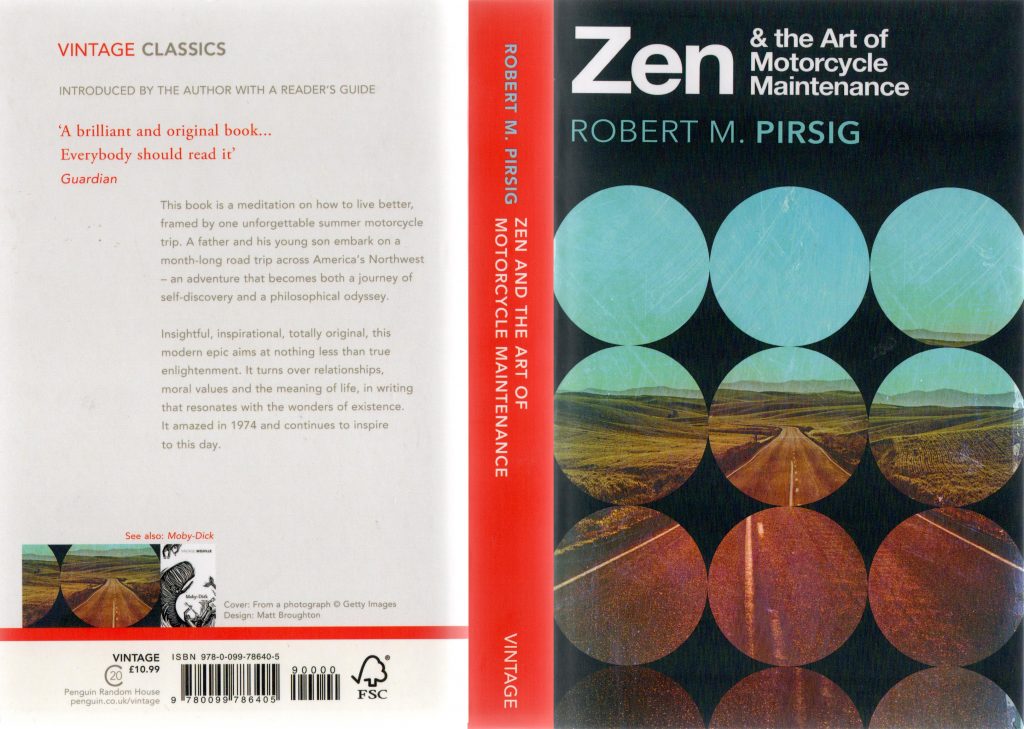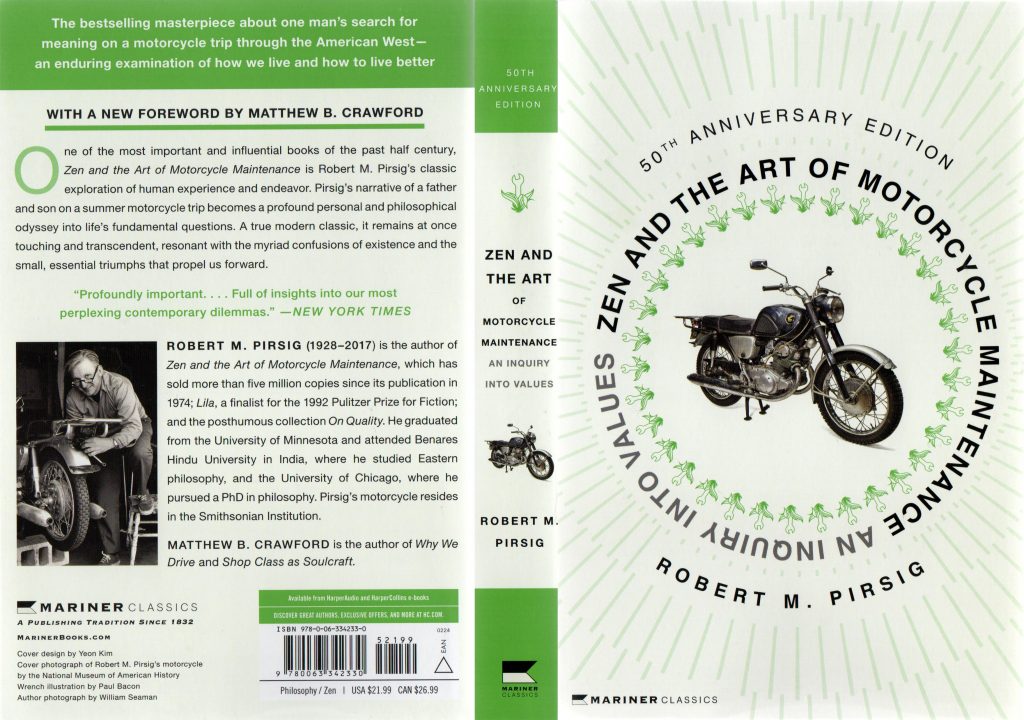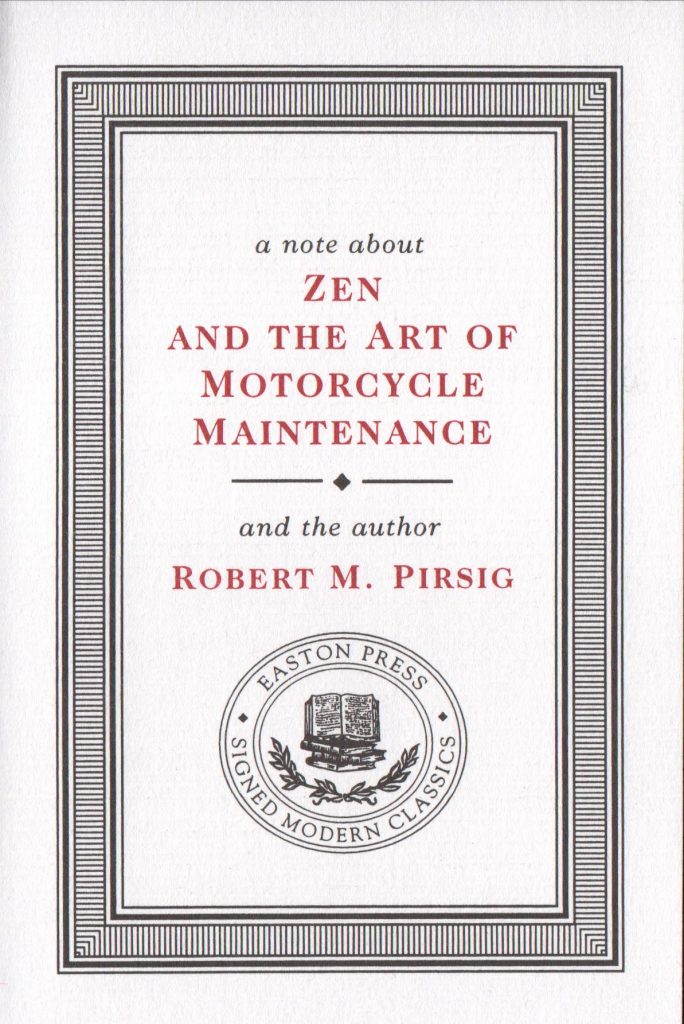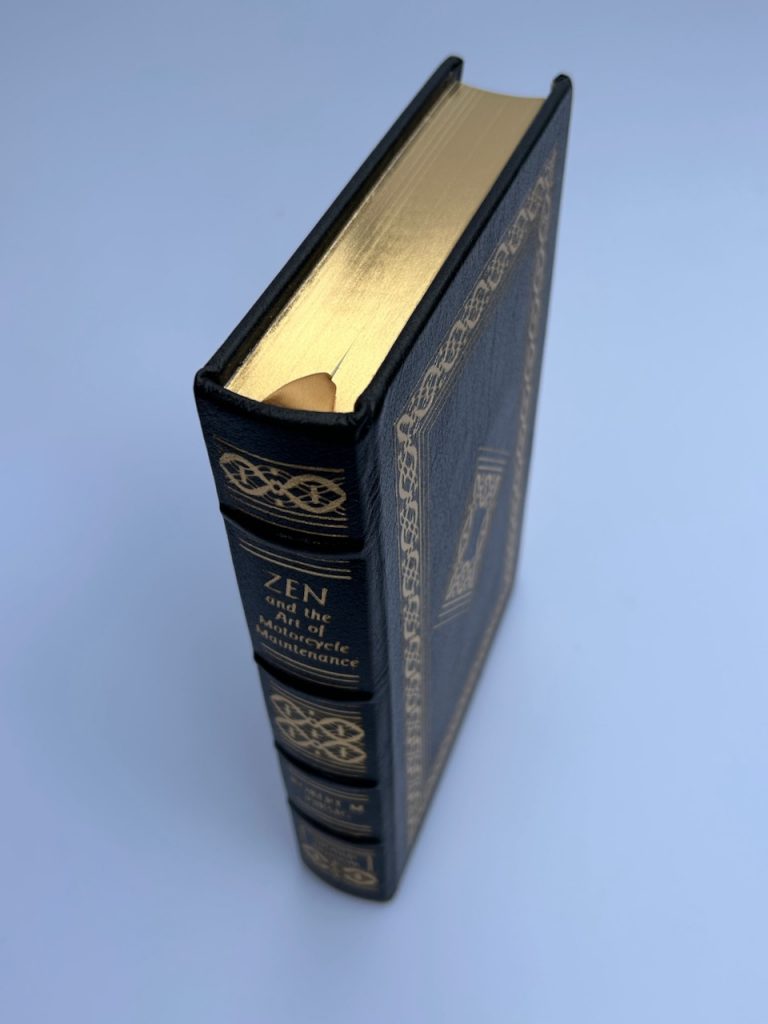I created an explainer video about our work on the Fair world para masters point system for swimming. All the relevant files are available for free. You can also use our online calculator.
Abstract: A fair and inclusive competition depends on a scoring system that takes all relevant factors into account. We analysed the current World Para Point System for swimming and identified several theoretical and practical disadvantages. We propose and test a Fair World Para Point System that not only improves the algorithm, but also extends it to accommodate for the age of the athlete. It also provides a method to break point ties. This will enable para masters swimmers for the first time to compete fairly with each other. We also develop and publish tools that enable event organisers to directly use the Fair World Para Point System.










